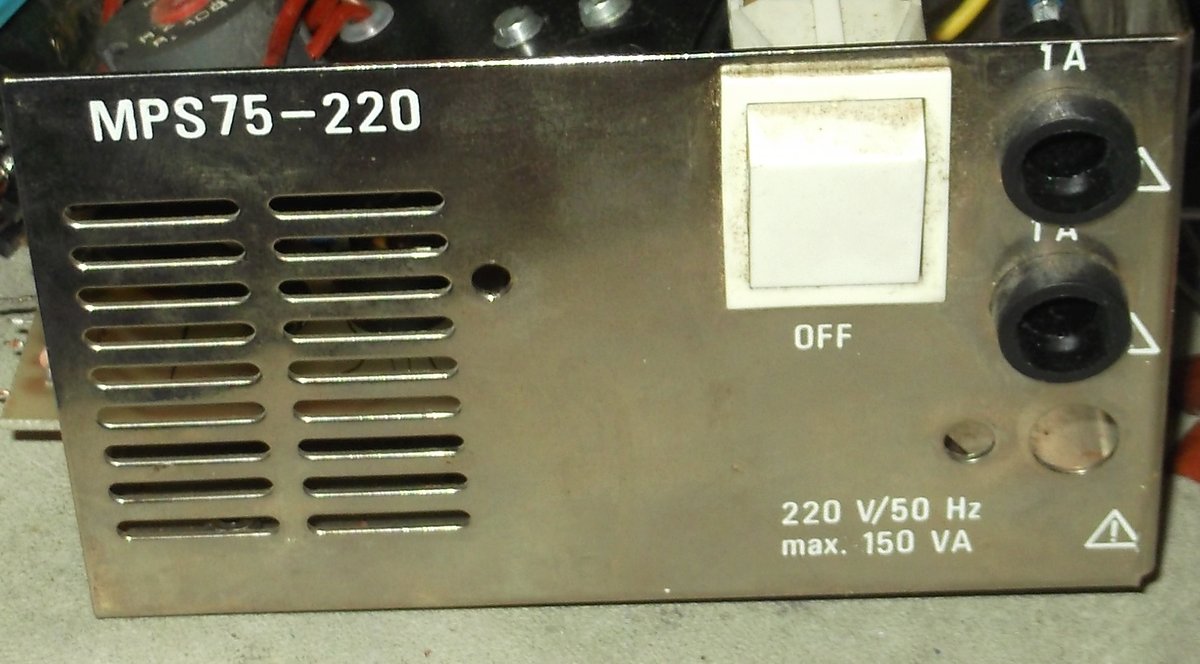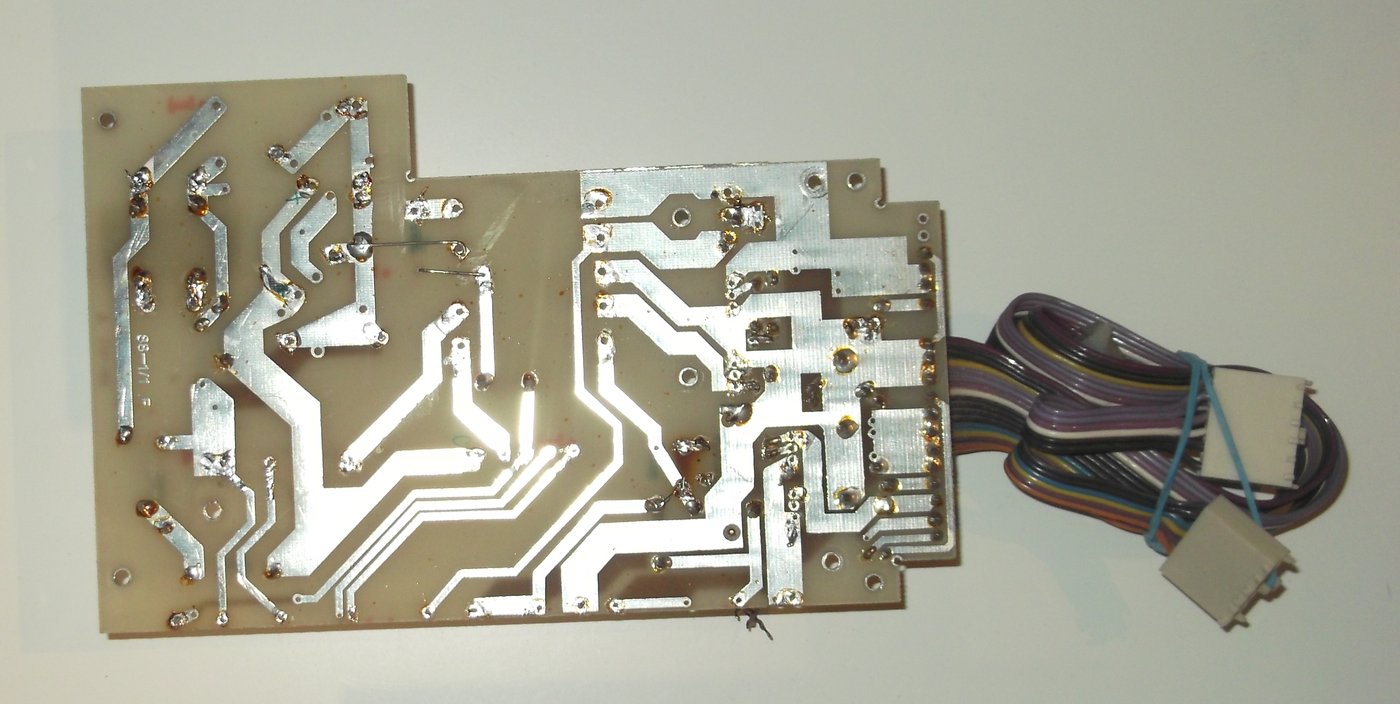Re: Power supply build quality pictorial. part 2
We have 230V since 1997 before it was good old 220V.
These capacitors are connected in series so they could handle the rectified ac even now.
But most of the electrolytic caps have to go. Some measured so leaky and high esr that could be part of the many problem the unit has.
Btw Line and Neutral are fused since there wasn't really a standard how the AC socket was wired.

Check out how the primary of the main transformer is connected. That modification is all genuine factory condition!

Keep in mind that it's a 286 PC commie knockoff unit. Not something that was made on the US
I might be able to contact the original engineer who worked on this model. I'm still trying to figure out some values of some foil capacitors and resistors. Markings have burned or peeled off...
Originally posted by momaka
View Post
These capacitors are connected in series so they could handle the rectified ac even now.
But most of the electrolytic caps have to go. Some measured so leaky and high esr that could be part of the many problem the unit has.
Btw Line and Neutral are fused since there wasn't really a standard how the AC socket was wired.
Originally posted by PeteS in CA
View Post
Keep in mind that it's a 286 PC commie knockoff unit. Not something that was made on the US

I might be able to contact the original engineer who worked on this model. I'm still trying to figure out some values of some foil capacitors and resistors. Markings have burned or peeled off...

 And it probably doesn't get much airflow/ventilation from the fan.
And it probably doesn't get much airflow/ventilation from the fan.





 : I pulled 5 caps (all from the same location) that appeared physically identical not realizing one was a 2200uf/16V. Now I'm not sure which position on the board it sat in. How bad is that?
: I pulled 5 caps (all from the same location) that appeared physically identical not realizing one was a 2200uf/16V. Now I'm not sure which position on the board it sat in. How bad is that? -Yes I did… until we look into the details. In particular, note that there is no optocoupler for the 5VSB. This means the 5VSB circuit is running “open-loop” and not actually regulating to any set voltage (likely outputting anywhere from 8-15V). To get a stable 5V output on the 5VSB, this PSU uses a 7805 linear regulator. Why FSP did this is beyond my explanation, as open-loop designs with a linear regulator tend to be inefficient at high loads (mostly heat dissipated by the 7805). Still, the fact that the 5VSB uses an off-line switch IC makes it a lot safer if something goes bad. I can't say the same about 2-transistor 5VSB circuits.
-Yes I did… until we look into the details. In particular, note that there is no optocoupler for the 5VSB. This means the 5VSB circuit is running “open-loop” and not actually regulating to any set voltage (likely outputting anywhere from 8-15V). To get a stable 5V output on the 5VSB, this PSU uses a 7805 linear regulator. Why FSP did this is beyond my explanation, as open-loop designs with a linear regulator tend to be inefficient at high loads (mostly heat dissipated by the 7805). Still, the fact that the 5VSB uses an off-line switch IC makes it a lot safer if something goes bad. I can't say the same about 2-transistor 5VSB circuits.
Comment